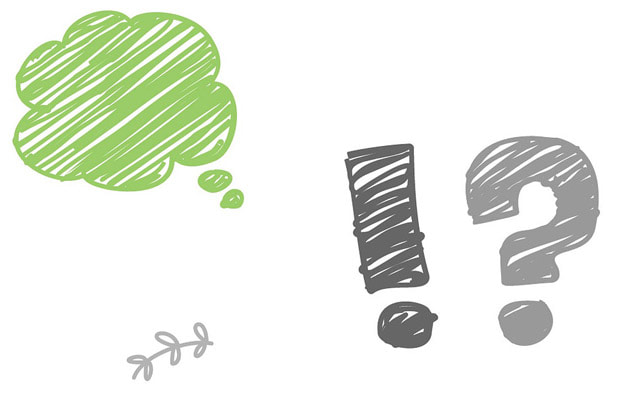Coffee preparation guide
Our recommendations

General information on preparation methods
We want to offer you a head start, a solid foundation on which to build your knowledge and talent in making a coffee that will delight your senses. You will be able to pleasantly surprise your friends offering them an excellent coffee, from the living room up to the cave entrance. The good part is that the equipment needed to make a sublime coffee does not have to unbalance even an austere budget. Exception, making the equipment necessary to obtain a real espresso, which starts at several hundred euros and can reach... the sky. All methods of preparation have some common elements, which are worth paying attention to.
Fresh roasted specialty coffee
Buy specialty coffee, freshly roasted, with a medium roasting level. It is the most important step, without which you will not be able to get results. The good news: press a few virtual buttons in the store section, and she, the coffee, will look for you.
The grinder and the granularity of the grind
The grinder makes coffee. The grinder makes coffee. Yes, we know we keep repeating ourselves. We don't want to upset you, but we will repeat this slogan whenever necessary.
A coffee grinder with knife blade can be used mostly for sugar, spices, juniper berries or anything else that comes to mind, but NOT for coffee! This because it breaks the beans rather then grindig them, making it impossible to obtain a uniform granularity. This is extremely important as it differs depending on the method of preparation and the type of coffee.
You need a good grinder with flat or conical forged steel burrs. It can be either manual or electric. Manual ones start from around 100 euros while the electric ones start from several hundred and quickly go up in price.
There are no major differences between the two types in the quality of grinding, if we choose to compare qualitatively equivalent products. The electric one offers higher comfort, a faster and easy-to-remember settings adjustment, extremely useful for espresso. The manual ones have the advantage of low price and portability, making a very good team with Aeropress, Kalita Wave, Chemex etc.
If you want a professional espresso grinder, with burrs made of special alloys, you will have to part with more than a thousand euro for a basic one or around two thousands for one of the superior models. For recommendations, specific to your needs and budget, do not hesitate to write to us. We'll gladly give a recommendation.
Water
Often neglected, water makes up 90-98% of the composition of coffee. The most important elements are purity, composition and temperature. The water must be fresh, odorless and colorless.
We do not recommend using tap water unless you are in an area with very good quality water and have a good filtration system. Otherwise bottled water is preferable, as it informs you about the composition:
-
calcium (ideally 68 mg/L, acceptable range 17 mg/L to 85 mg/L)
-
sodium (ideally 10 mg/L, acceptable range as close as possible to 10 mg/L)
-
dry residue (ideally 150 mg/L, acceptable range 75 mg/L to 250 mg/L)
-
PH (ideally 7, acceptable range 6.5 to 7.5)
The above standards are provided by SCAA and can be viewed here.
A water temperature around 93 degrees Celsius is ideal for a tasty coffee. This value is not absolute, it varies slightly depending on the grinding and the method of preparation. If the water is much colder, the volatile oils and soluble substances in the coffee grounds will not be efficiently extracted, the result being a weak, bodyless and sour coffee. Most “filter” type electrical appliances do not constantly provide this temperature, thus destroying the potential of a quality coffee. Exceptions are professional appliances certified by specialized coffee associations in Europe and the USA.
Clean equipment
Use only clean equipment! Use only clean equipment! Make sure you don't have any residue that will ruin all your other efforts. They are ready to do this for you, the old coffee grounds, from the French press screen or the espresso portafilter basket. We recommend that you avoid dishwashing detergent when washing plastic or rubber items that come in contact with coffee.
Ți-am făcut poftă de cafea preparată corect?
See the coffees